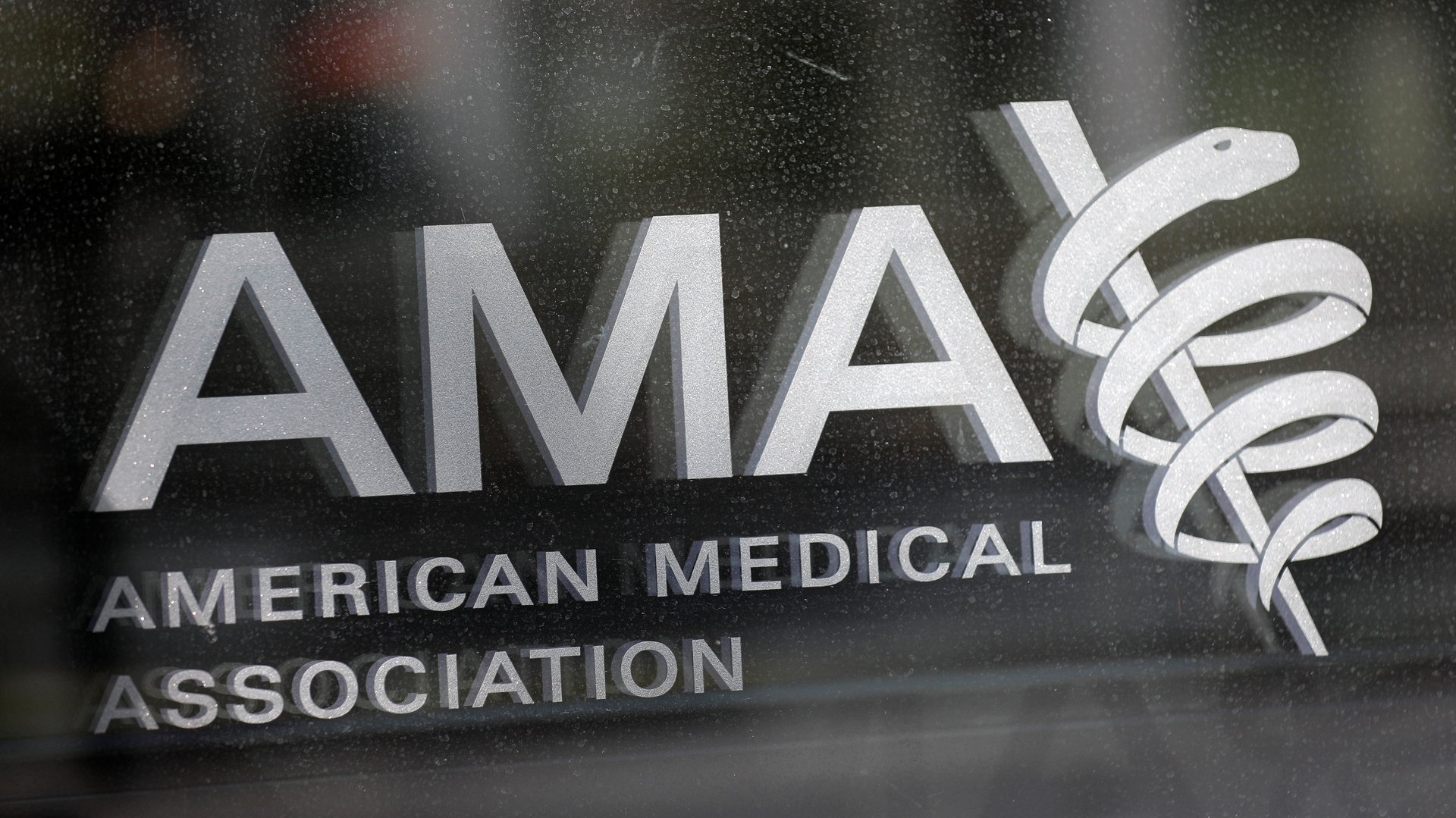US doctors keep lobbying for things that make American healthcare so expensive
Surprise billing—or the practice of billing insured patients for the out-of-network expenses they unknowingly incurred at the doctor or hospital— might be on its way out.


Surprise billing—or the practice of billing insured patients for the out-of-network expenses they unknowingly incurred at the doctor or hospital— might be on its way out.
A new law coming into effect on Jan. 1, known as the No Surprises Act, prohibits surprise billing, forcing instead providers and insurance to settle the payment among themselves. This will be a great relief for patients, who cite surprise billing as a major concern when it comes to healthcare costs. Nearly 40% of patients report having received at least one surprise bill, and 60% say they are concerned about the issue.
As part of the law, the White House recently proposed a new rule—currently open for comment—that would provide some parameters for the negotiation between the provider and the insurance about out-of-network costs. Essentially, where now the out-of-network cost can be set somewhat arbitrarily, the new rule introduces a benchmark based on the in-network cost of the same service, providing a reference point.
While it doesn’t change much for insured patients, who won’t have to worry about surprise bills anyway, the provision might have the beneficial side effect of bringing down prices overall, helping consumers, and insurers. But there is a group that has little to gain from it, and is none too happy about the rule—to the point many are actively lobbying against it: doctors.
What does the new no-surprise billing rule say?
Insurance companies negotiate prices with providers in their network, paying discounted rates for services. But for out-of-network services, providers charge the list price—of which the insurance might cover a portion, leaving the patient liable for the balance. The difference can be significant, up to 10 times more than the price paid to those with insurance.
A study found that, on average, surprise bills cost patients more than $14,000 more than they would have paid in-network, and there are cases where the surprise bills are many times as much, sometimes forcing patients into bankruptcy.
The new rule would make out-of-network charges comparable to in-network ones, eventually reducing the overall reimbursement rate. While this won’t have an immediate effect on patients, it is expected to eventually slow the growth of premium prices. Yet healthcare providers, including doctors, don’t want out-of-network payments to be based on in-network ones, and they are lobbying against the rule.
Why doctors oppose reduced out-of-network charges
According to a statement from the American Medical Association (AMA), the rule is actually just a gift to the insurance industry, which will impose rates that are unsustainable for out-of-network services. AMA is the country’s most influential medical lobbying group although only a minority of US doctors (pdf) are members.
Fundamentally, what is at stake for physicians is the opportunity to bill at higher out-of-network prices, something some rely on to sustain their practices. According to research in the journal Health Affairs, physicians collect 65% of the charged amount for surprise, out-of-network billing, and 52% for other bills paid by in-network insurers.
AMA’s historical role in high healthcare prices
While the very existence of insurance networks is what causes out-of-network billing, physicians play an important role in it. An estimated 20% of physician service costs patients incur during emergencies are out-of-network, and doctors working in emergency departments have an incentive to remain out-of-network.
Outside emergencies, patients tend to prefer in-network doctors, but if they can’t choose—for instance, when they are undergoing emergency care—then it becomes lucrative for practitioners to remain out-of-network, and bill accordingly. Because of this, nearly 43% of visits in emergency departments are billed as out-of-network, and there are cases where a hospital will be in-network but none of its emergency room contract doctors are.
The new rule wouldn’t just remove the patient’s responsibility for the balance owed to physicians—it would reduce the balance altogether. Doctors and other providers claim the insurance rates for services, which would be used as a benchmark for negotiations, do not align with market rates and will lead to lower standards of care. Those trying to keep prices down disagree.
This isn’t the first time the AMA has lobbied against a measure meant to reduce the overall cost of healthcare. Its opposition to reducing medical costs dates back to the middle of the last century, when the organization hired the firm Campaign, Inc, the pioneer of political consulting, to devise a strategy to oppose president Harry Truman’s plan for universal health coverage.
Among other things, the campaign introduced the longstanding misconception that under a federal health plan, patients would be forced to go to a “state doctor.” It was enormously successful and is a main reason why the US remains the only rich country not to have a public health system.
More recently, and for similar reasons, the AMA was instrumental in the opposition to the plan for universal healthcare presented by president Bill Clinton in the 1990s, and has voiced opposition to single-payer healthcare reforms such as Medicare for All, for fear that Medicare reimbursement rates—which are drastically lower than private insurers’—would be applied to all physician services, depriving doctors of income.
Correction: An earlier version of this article stated AMA membership had declined in recent years. The AMA says its membership has increased after a slide about a decade ago. Further, the article stated the AMA had not responded to a request for comment, but the organization had shared a statement via email.